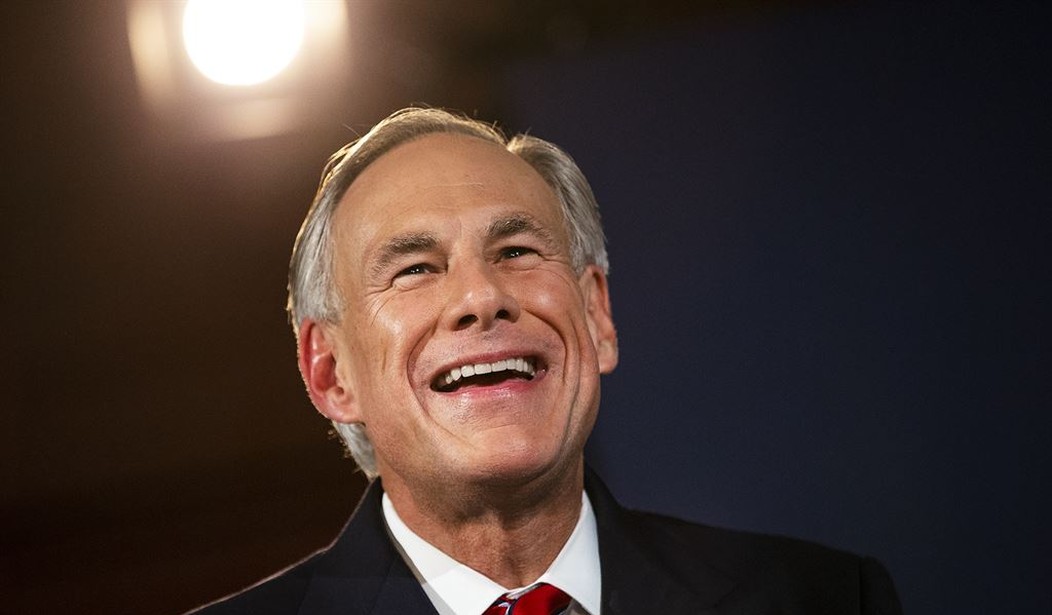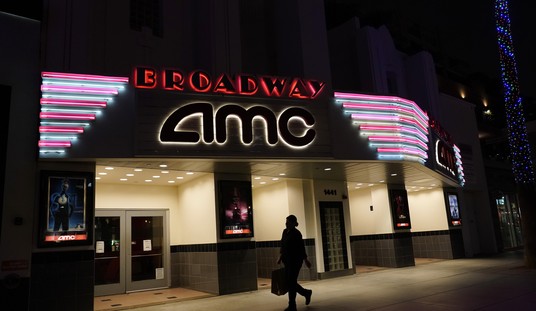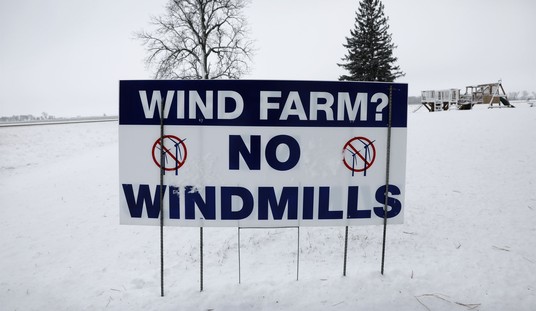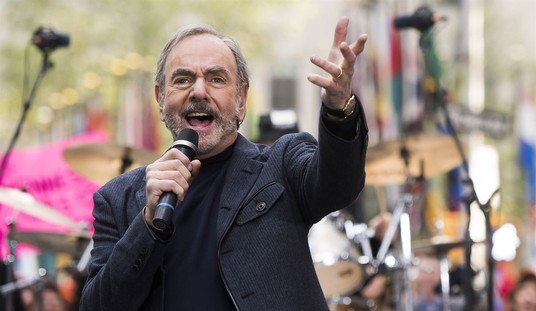I think Greg Abbott may be capitalizing on a “weekend effect” in the data with this announcement but there’s no denying the trend. The pandemic has eased considerably in Texas since Abbott lifted the mask mandate and ended capacity restrictions on businesses on March 10.
Today Texas reported:
* 0 Covid related deaths–the only time that's happened since data was tracked in March, 2020.
* the fewest Covid cases in over 13 months
* the lowest 7-day Covid positivity rate ever
* the lowest Covid hospitalizations in 11 months.
Thanks, Texans!
— Greg Abbott (@GregAbbott_TX) May 17, 2021
According to the official state dashboard, there were just 388 confirmed cases (and 207 probable cases) of COVID yesterday in Texas, a state of some 30 million people. That would make it the lightest day since the first month of the pandemic last year, at a moment when Texas was doing far less testing than it is now. So why do I think there’s a “weekend effect” in the data? Because: There were over 1,000 cases reported each day last week and nearly 3,000 cases reported last Tuesday. Cases shouldn’t drop from 1,300, say, to 388 overnight.
What’s probably happening is that some county health departments are short-staffed or closed on weekends and aren’t submitting their Saturday/Sunday data until Monday or Tuesday, which would explain the weird spike in last week’s Tuesday data. Likewise, it wouldn’t add up that Texas has been seeing 40-50 daily COVID deaths lately according to Worldometer and would then fall to zero on a random Sunday. The decline in deaths should be more gradual than that.
But we can forgive Abbott for being sly with the numbers to trumpet his state’s progress. Because there has been a lot of progress.

On March 10, the day restrictions were lifted, the state reported 3,100 COVID cases. Two days ago it reported 1,300, a decline of 58 percent. Does that mean Abbott lifting restrictions *caused* the decrease? Not necessarily. We know what’s causing the decrease — mass vaccination aided by a seasonal effect in which Texans have been spending more time outdoors in the nicer weather, limiting transmission. But clearly Abbott’s decision to relax the rules, which Joe Biden dismissed at the time as “Neanderthal thinking,” hasn’t cost his state. In fact, there’s a new study out this month that suggests ending the mask mandate in March … didn’t do much of anything. People just carried on as usual, unaffected by the government’s policy shift.
During the first four months of 2021, the United States distributed approximately 250 million doses of COVID-19 vaccinations, which resulted in the complete vaccination of nearly 45 percent of the adult population. In the midst of this mass vaccination effort, Texas became the first state to abolish its statewide mask mandate and fully lift capacity constraints for all businesses. Governor Greg Abbott’s order was met with (i) concern by public health officials that an early reopening would lead to a resurgence of COVID-19, and (ii) assertions by Texas politicians that a reopening would generate short-run employment growth. This study provides the first empirical evidence on these claims. First, using daily anonymized smartphone data on social mobility from SafeGraph, Inc. — and synthetic control and difference-in-differences approaches — we find no evidence that the Texas reopening led to substantial changes in social mobility, including foot traffic at a wide set of business establishments in Texas. Second, using daily data on new COVID-19 cases from the New York Times, we find no evidence that the Texas reopening affected the rate of new COVID-19 cases during the five weeks following the reopening. Our null results persist across more urbanized and less urbanized counties, as well as across counties that supported Donald Trump and Joe Biden in the 2020 presidential election.
It had no effect on short-term unemployment either. Basically Texans just shrugged and either kept on doing what they felt comfortable doing or followed the rules laid down by individual business owners for their premises.
Texas isn’t the only jurisdiction celebrating low COVID numbers yesterday, by the way. Big news from Worldometer:

With just 17,834 cases nationally, the U.S. just had the lightest day for COVID that it’s had since the first weeks of the pandemic last March. Again, that surprisingly low number is probably the product in part of a “weekend effect” in which states are doing less reporting. But we’ve had 60 weekends or so since the virus arrived last spring and have never hit a total as low as we did yesterday. Slowly but surely, we’re vaccinating our way out of a crisis.
Which, actually, is the only bad news for Texas right now. With just 41 percent of the population having received its first dose, the state ranks in the bottom third of the U.S. in vaccinations. Some northeastern states are over 60 percent by comparison. It’s not just the rural counties that are behind the curve either: Although cities like El Paso and Austin are north of 50 percent having received their first dose, Houston, Dallas, and San Antonio are at 40-41 percent. They’d better pick up the pace because hot summer weather drove Texans indoors last summer and created a wave of COVID that was among the worst the state has seen throughout the pandemic. Tick tock.








Join the conversation as a VIP Member